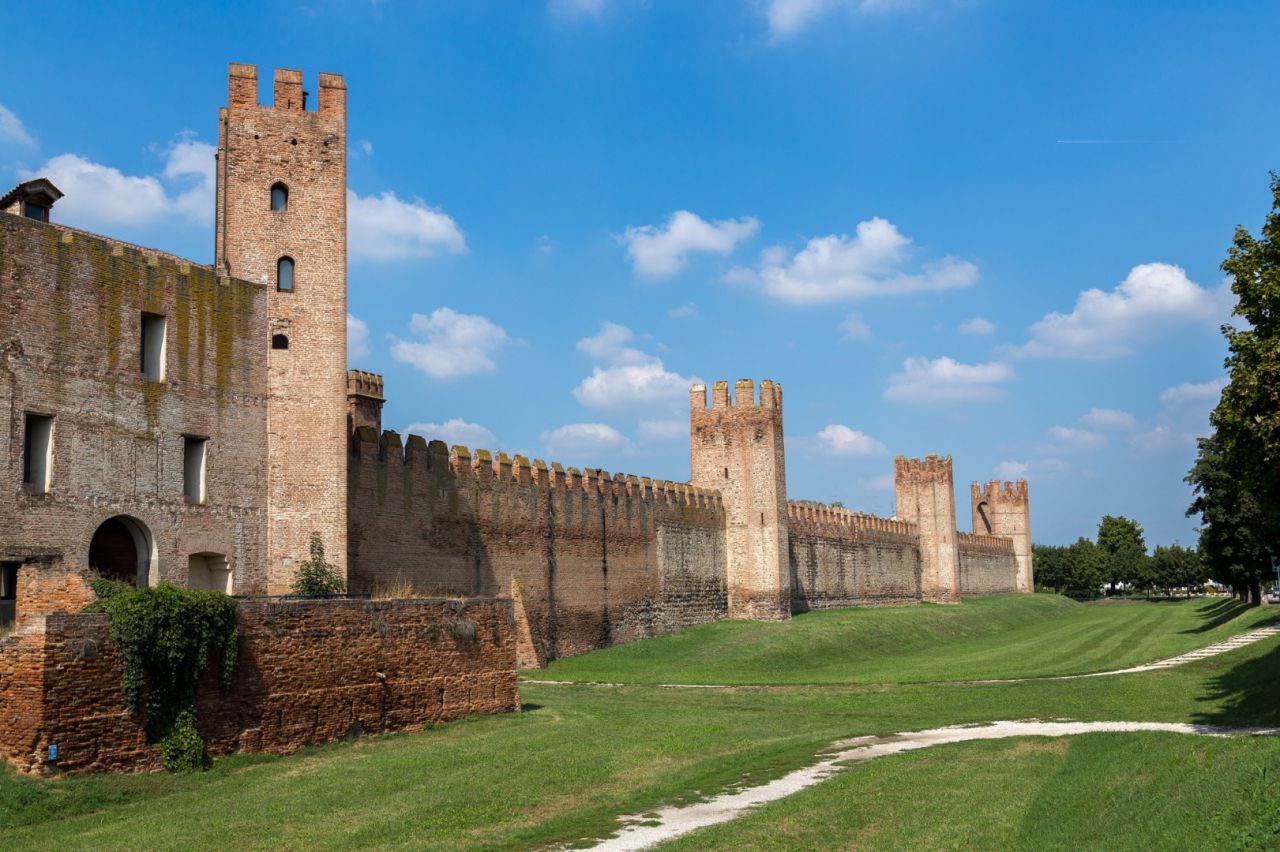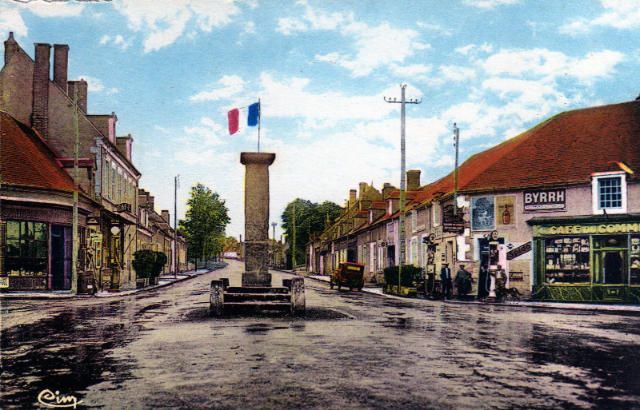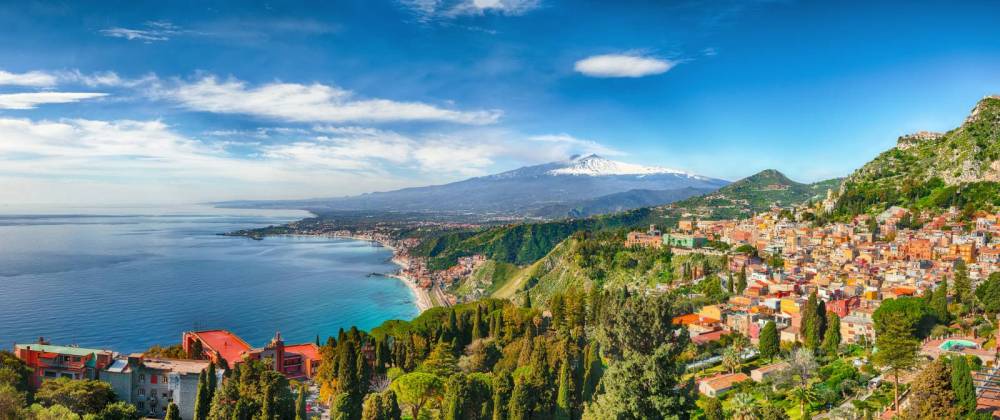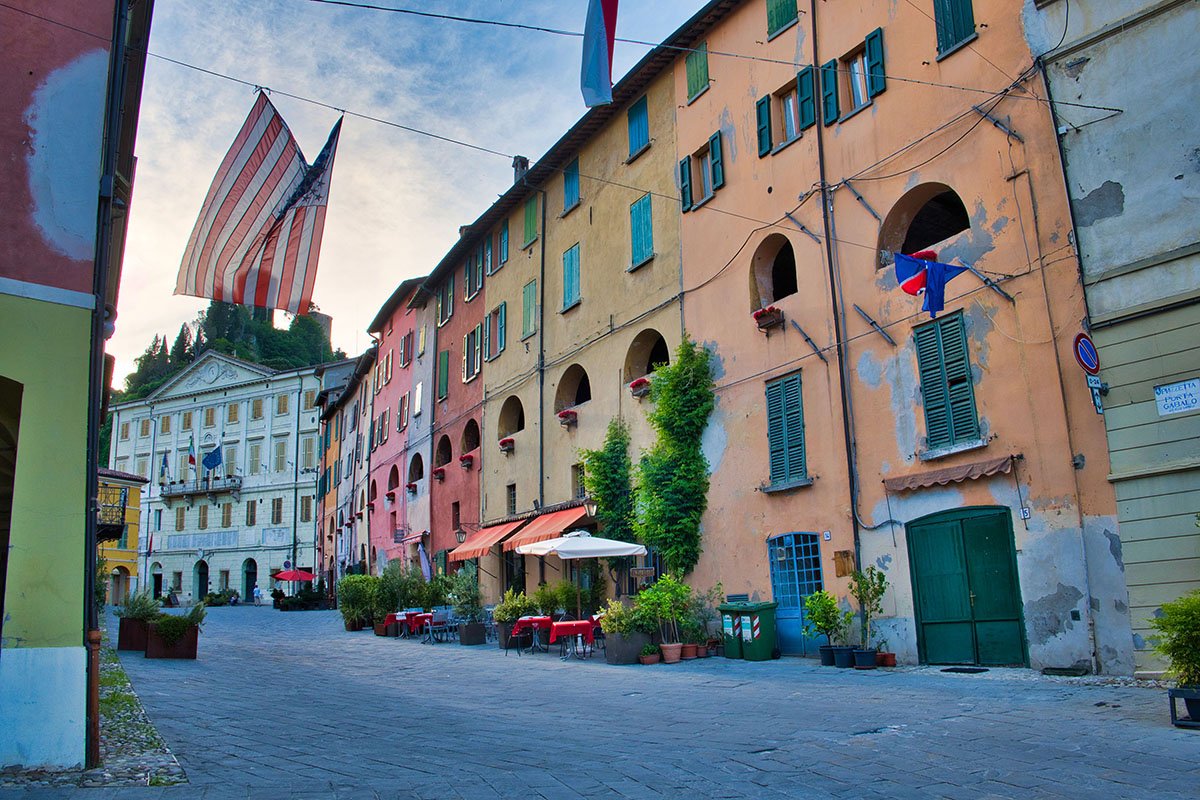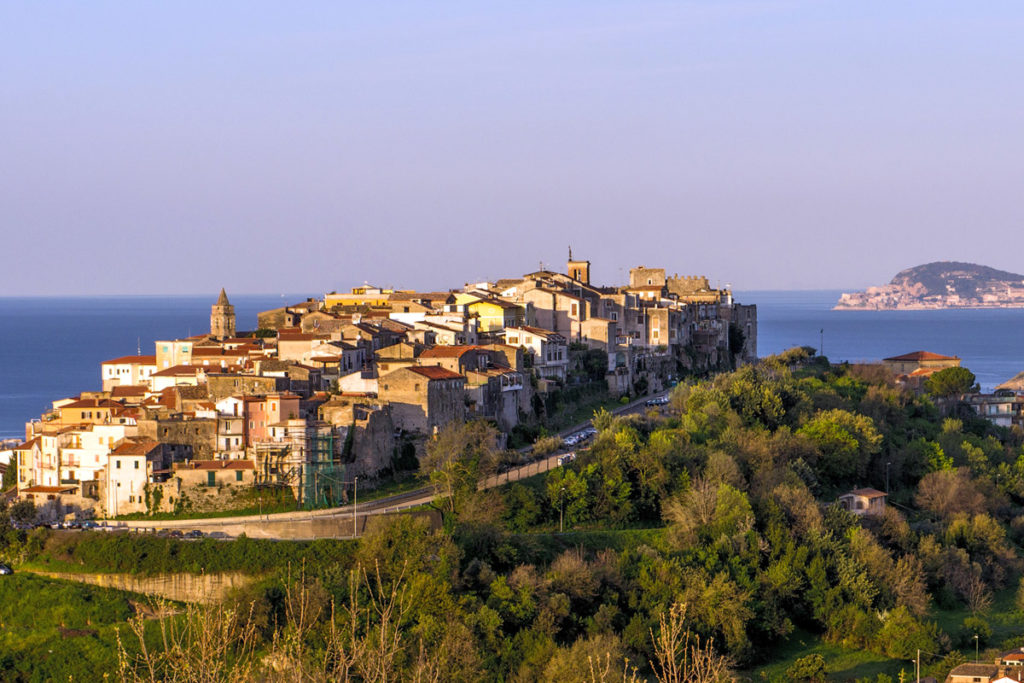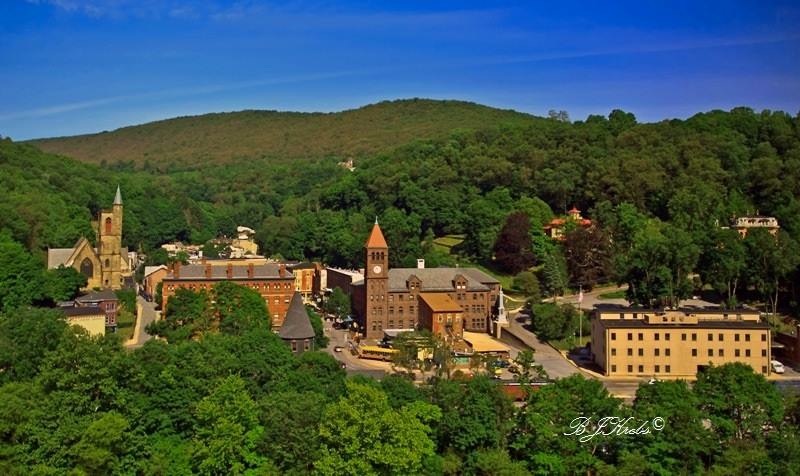Of the many walled cities in the Veneto region, Montagnana is the one that best preserves its medieval walls: there has been little or no human intervention or damage over time and the town appears today, majestic and strong, almost as it must have been in the fourteenth century. In fact, the town has a 2 km long wall, one of the best preserved in the world, and is part of the Most Beautiful Villages in Italy, as well as being Orange Flag of the Touring Club.
The first fortification, built around the urban core to defend against barbarian invasions, dates back to the Late Antiquity and was made up of embankments, ditches, bramble barriers and palisades. The extraordinary fortification is due to the intervention of the Carraresi who, in the middle of the fourteenth century, wanted to strengthen the defences against the nearby Scaligeri of Verona. The new walls, built in brick and trachyte of the Euganean Hills, enclosed an area of about 24 hectares, was crowned by Guelph battlements and had 24 perimeter towers about 18 meters high.
Inside, the towers were used as warehouses and accommodation for soldiers during wartime emergencies.
A large moat was dug around the walls, which conveyed the waters of the river Frassine through a fortified canal called "il Fiumicello".
Outside the walls there were only marshy areas at that time, so Montagnana was the beacon of the Paduan frontier towards the West.
The two entrances in the walls of Montagnana, were placed one to the East, towards Padua and the other to the West towards Verona: the Castle of San Zeno and the Rocca degli Alberi. In the sixteenth century, however, was opened a further access in the northernmost part of the walls to get closer to the landing point and the port on the river Frassine, this was called "Porta Nova" or "of Vicenza". In the nineteenth century was added the last door, called "XX Settembre", this was opened to the south, in the direction of the railway station.
